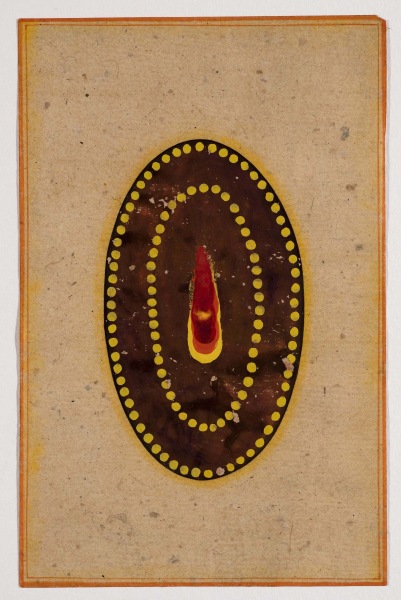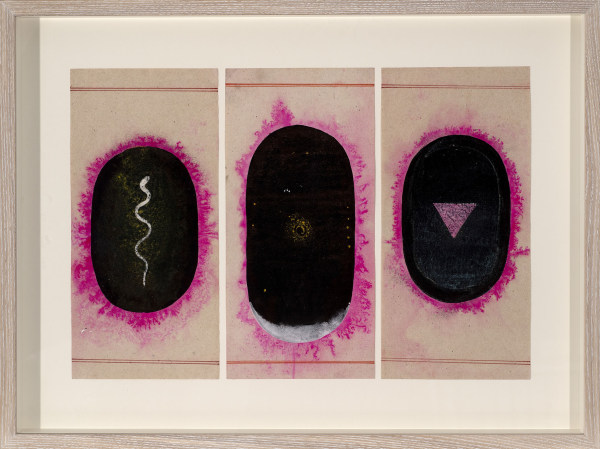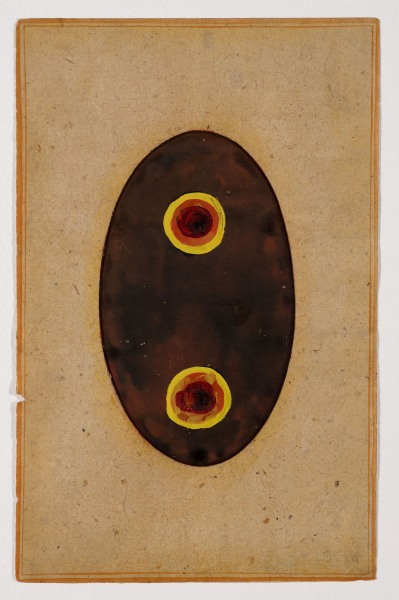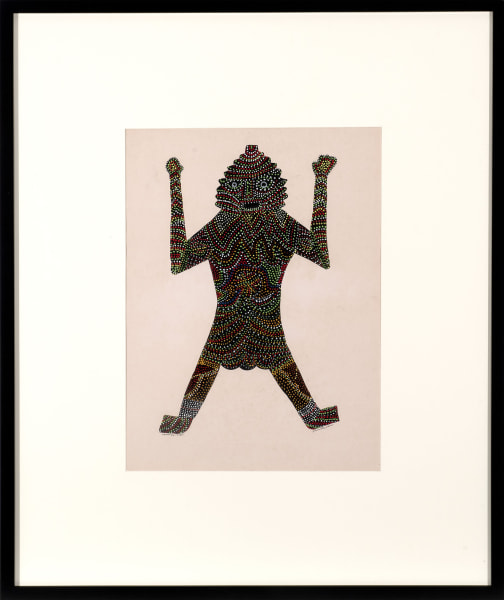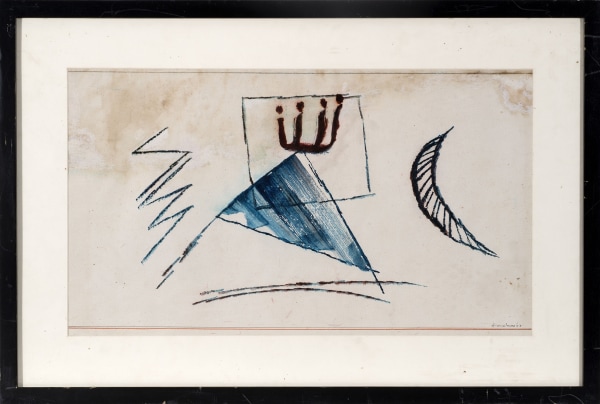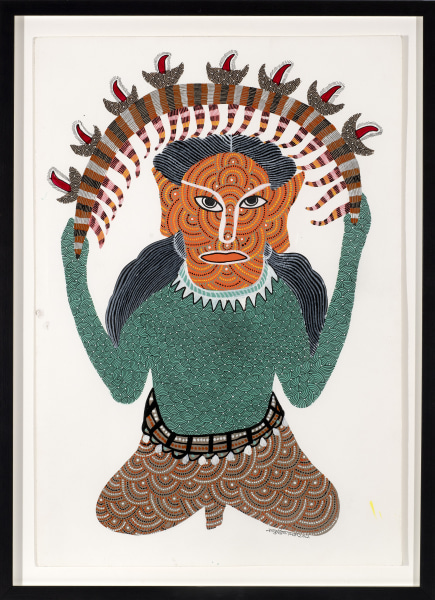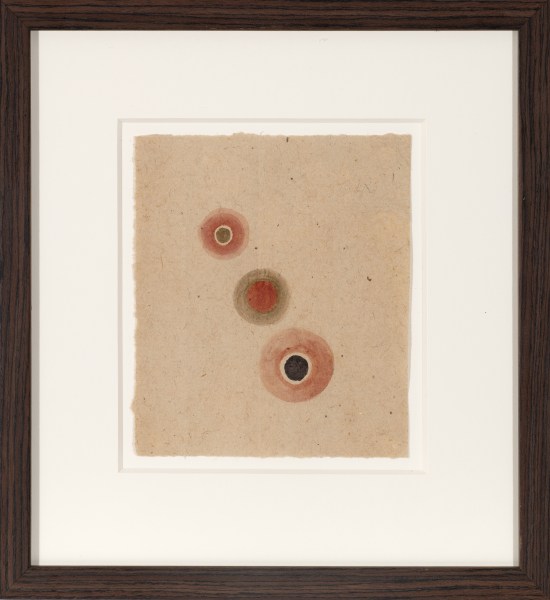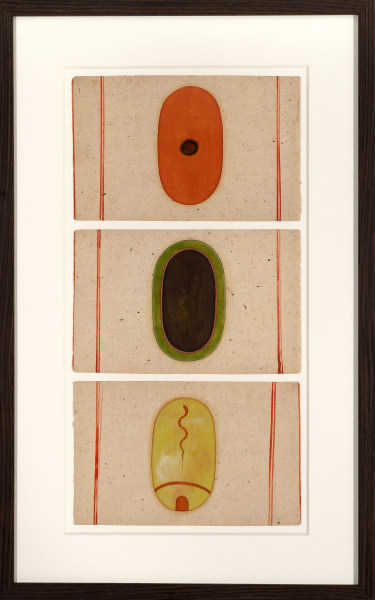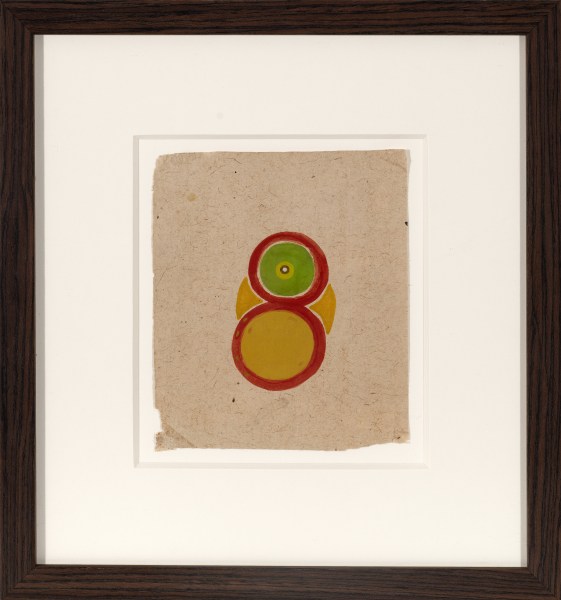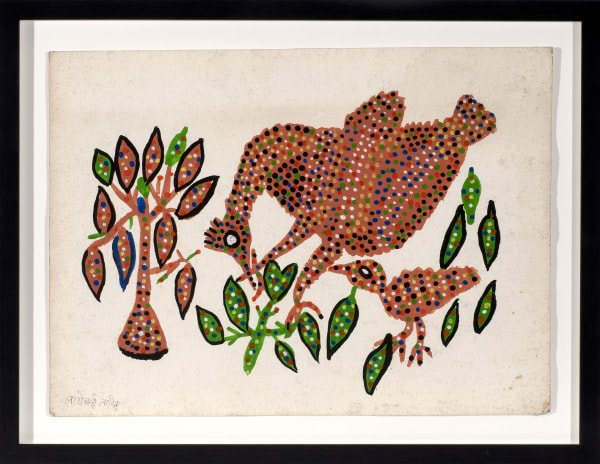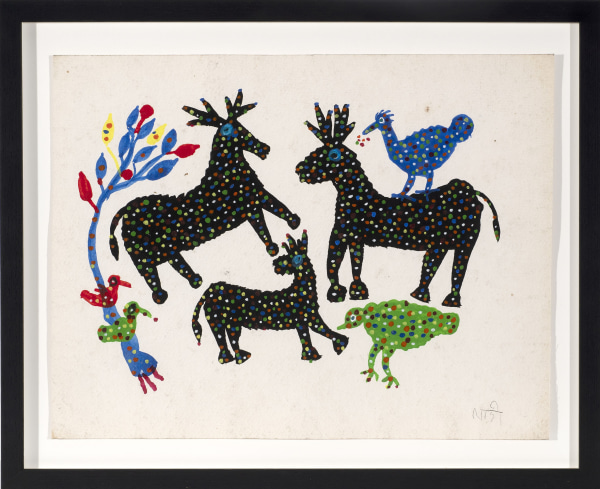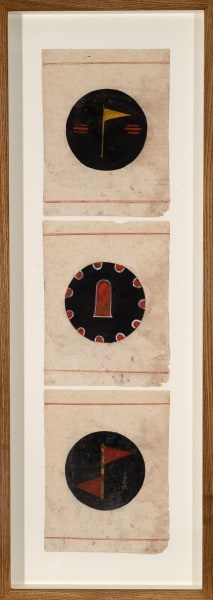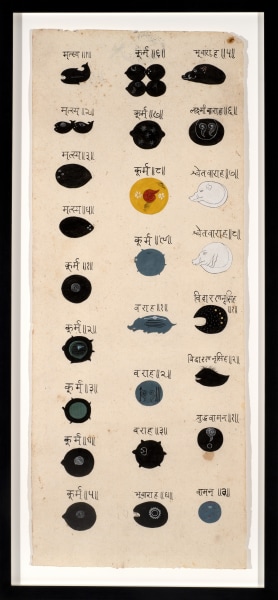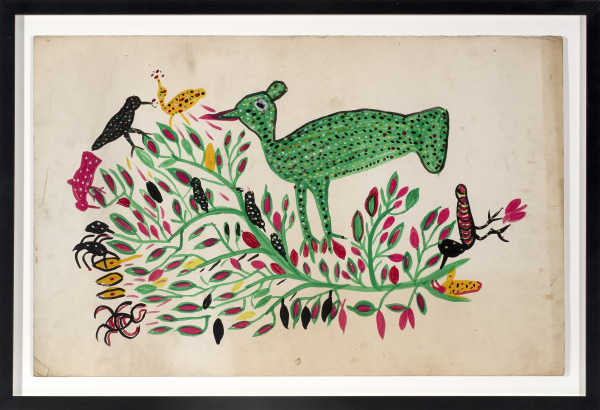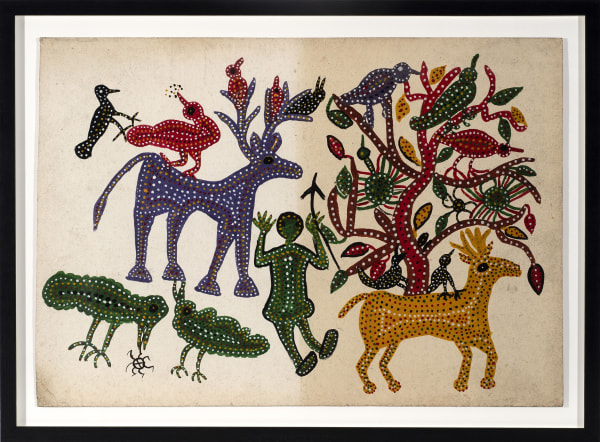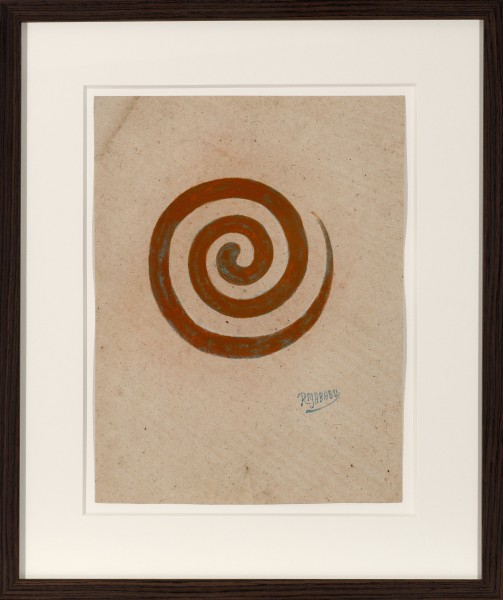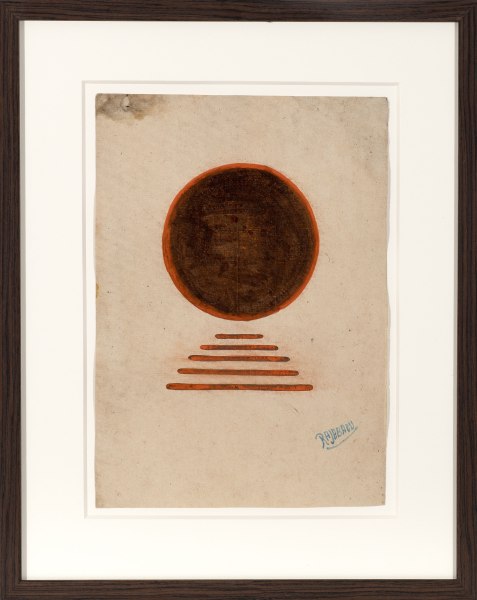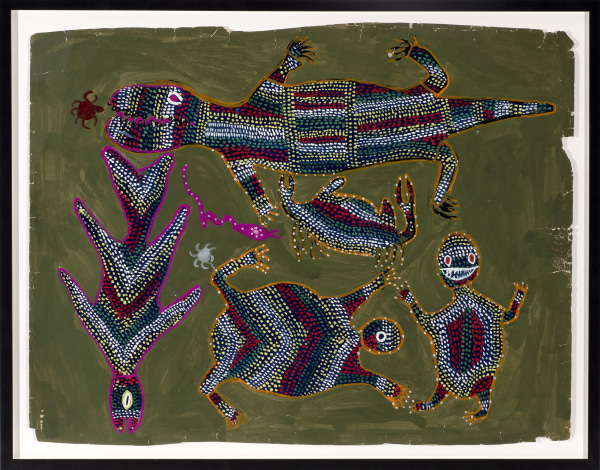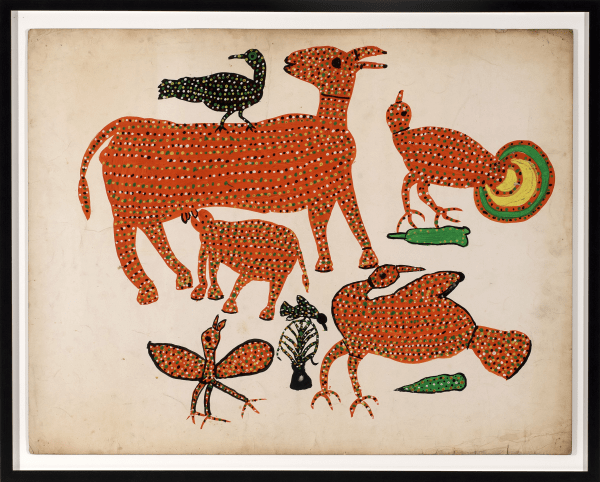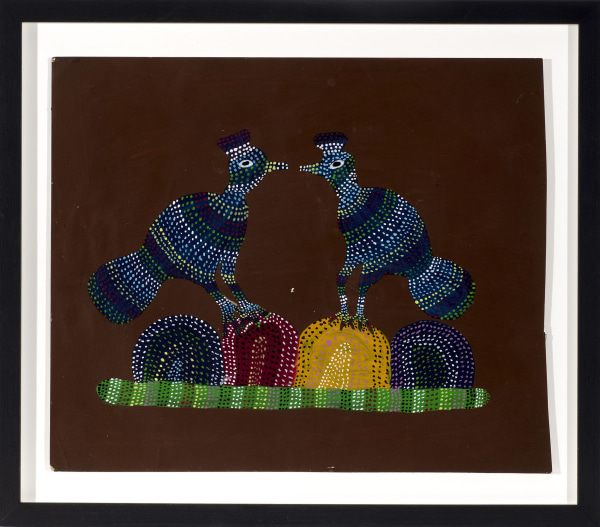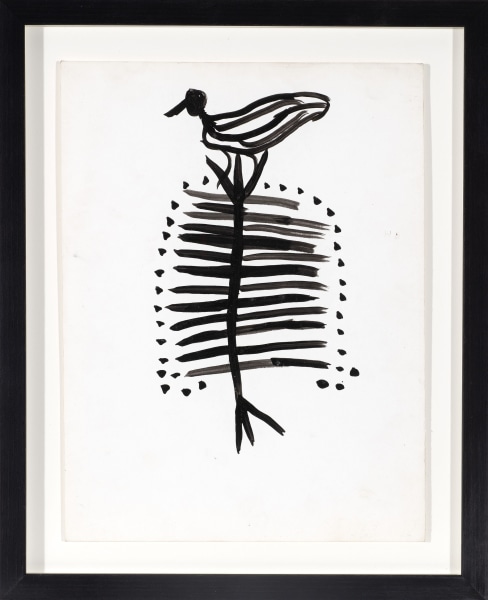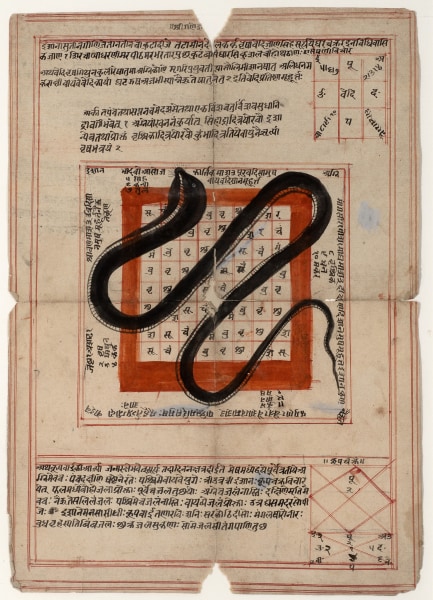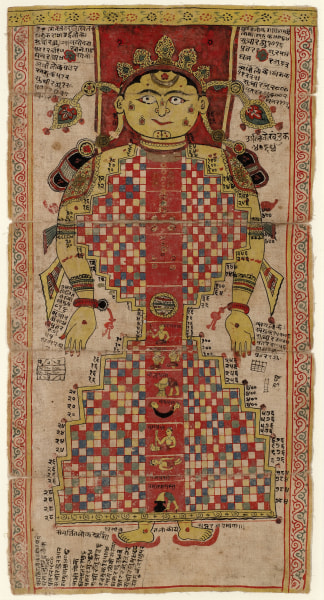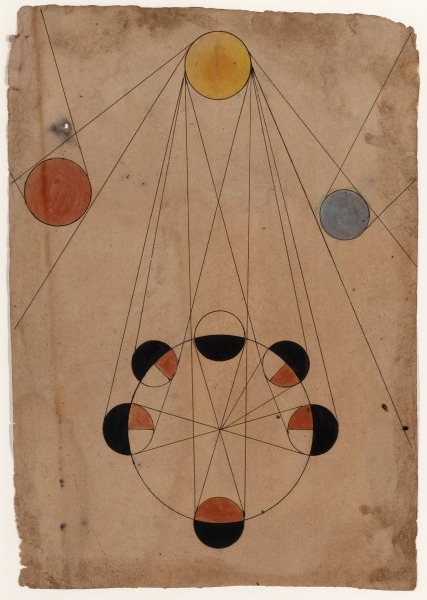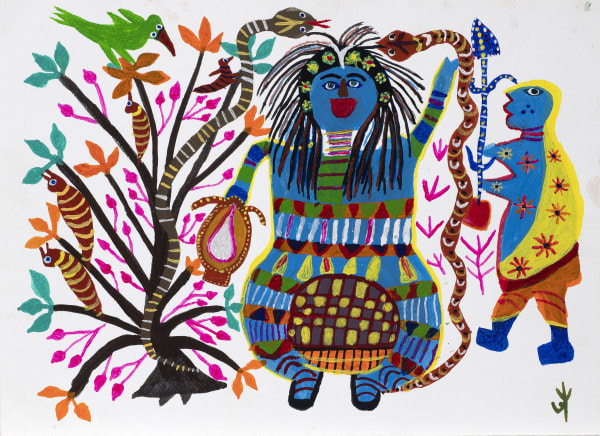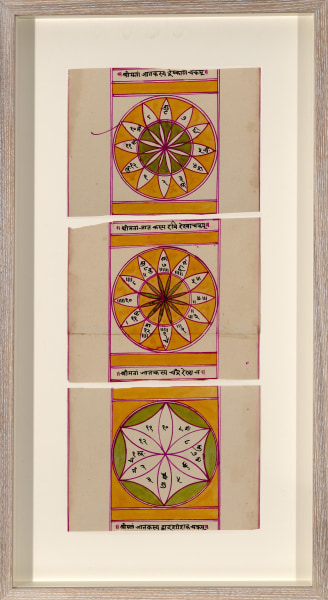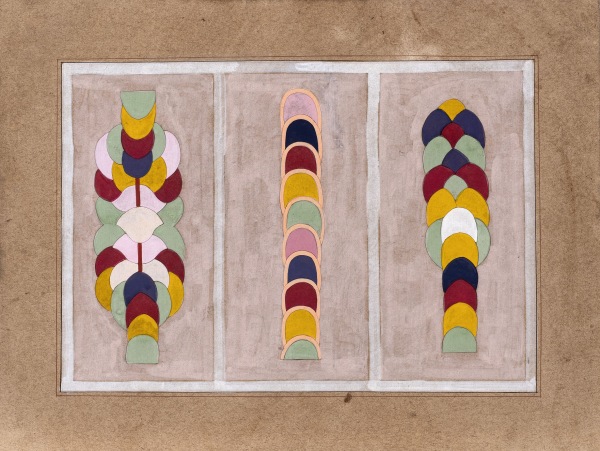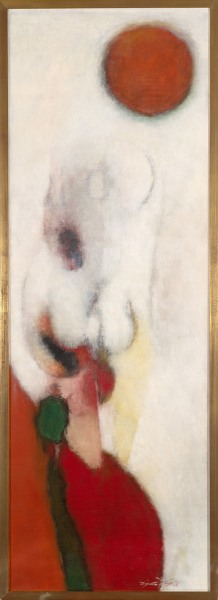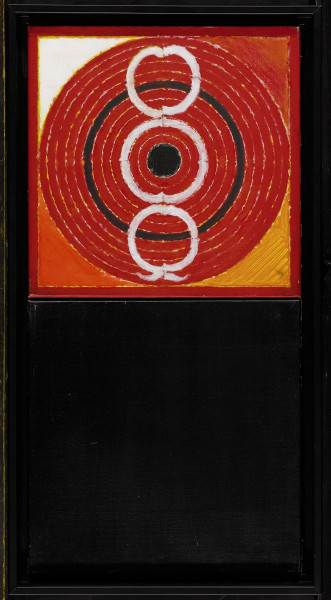From Tantra to Tribal : Asian Art in London 2022
i - Although Swaminathan often used the word tribal to refer to the indigenous communities of rural India in his writing and lectures, he recognized the pitfalls of the word and preferred the Hindi term Adivasi. Many scholars today now prefer to use the phrase non-metropolitan. By using the term tribal in the title of the show I too recognize the potential pitfalls of the term but use it as an instantly understood umbrella term. The word is not intended in a derogatory manner to any member of any community nor is it used to imply ‘Primitive’ as outdated anthropological discourses can imply.
-
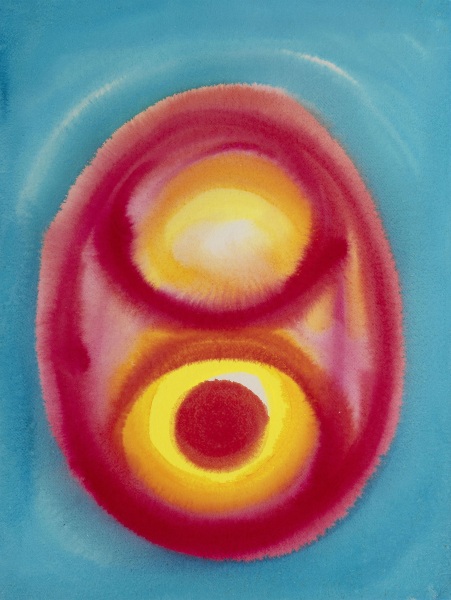 Prafulla Mohanti , Untitled , 2005
Prafulla Mohanti , Untitled , 2005 -
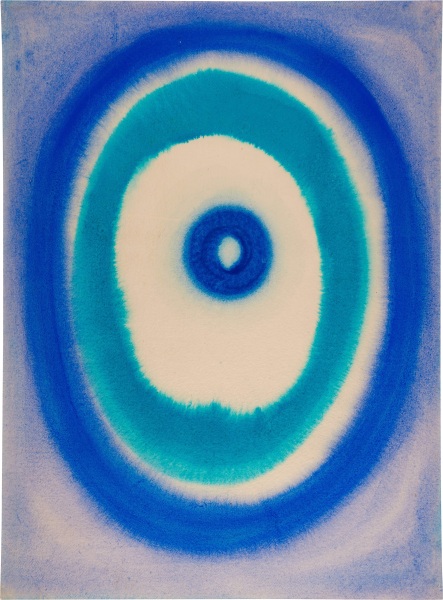 Prafulla Mohanti , Untitled , 2005
Prafulla Mohanti , Untitled , 2005 -
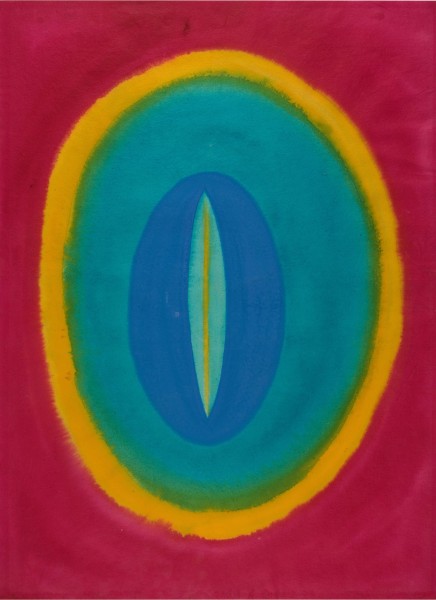 Prafulla Mohanti , Untitled , 2004
Prafulla Mohanti , Untitled , 2004
-
 Jivya Soma Mashe , Untitled (The Rice Harvest)
Jivya Soma Mashe , Untitled (The Rice Harvest) -
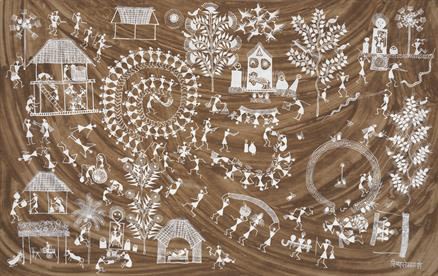 Jivya Soma Mashe , Untitled , c. 2000
Jivya Soma Mashe , Untitled , c. 2000 -
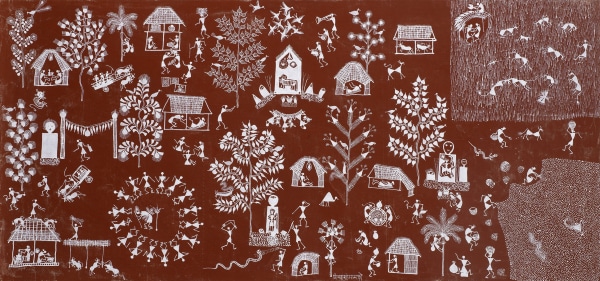 Jivya Soma Mashe , Untitled , c. 2000
Jivya Soma Mashe , Untitled , c. 2000
-
 Ramrati Bai Baiga , Temple to the Goddess Kali
Ramrati Bai Baiga , Temple to the Goddess Kali -
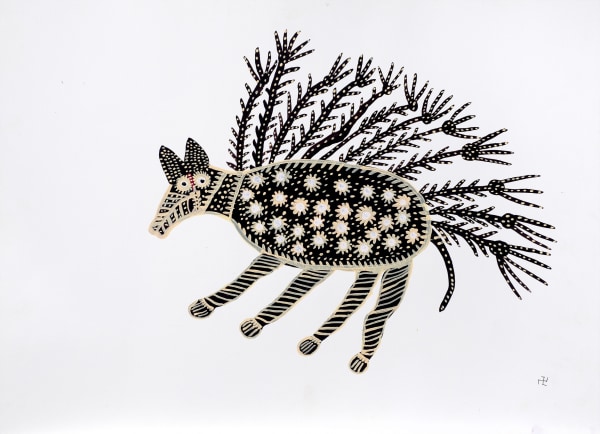 Ramrati Bai Baiga, Untitled
Ramrati Bai Baiga, Untitled -
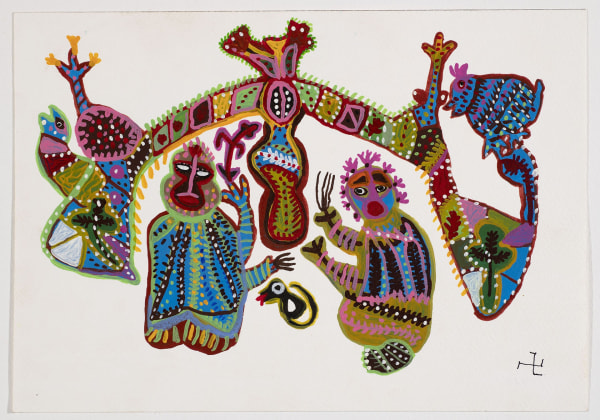 Ramrati Bai Baiga , Prayers with the Village Priest
Ramrati Bai Baiga , Prayers with the Village Priest

